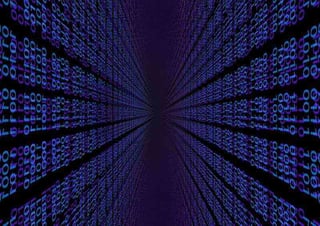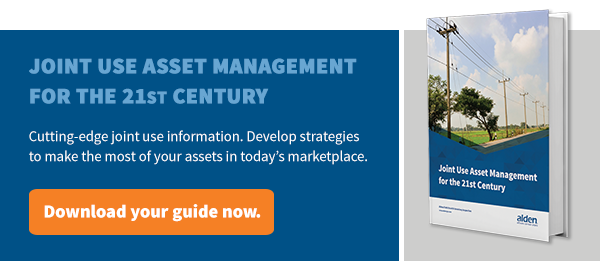Data: The Most Valuable Asset in IIOT
 There is no doubt the Industrial Internet of Things (IIoT) is going to change the way we all do business. Companies, regulators and consumers are eager for a new wave of efficiency and productivity. However, the most valuable asset the IIoT will produce is not a smart grid or an intelligent network. The most valuable asset is data.
There is no doubt the Industrial Internet of Things (IIoT) is going to change the way we all do business. Companies, regulators and consumers are eager for a new wave of efficiency and productivity. However, the most valuable asset the IIoT will produce is not a smart grid or an intelligent network. The most valuable asset is data.
Understanding and Managing Data as an Asset
Many companies are already surrounded by more data than they know how to put to use. They are data rich and information poor (DRIP). The problem is that data is not treated like an asset. Just as too much cash can cause problems for a company if it is not strategically invested, data that is simply collected can be a wasted opportunity. The IIoT will grow every organization’s data collection abilities exponentially.
The firms that do the best job of managing the data made possible by the IIoT will dominate. The first steps to making data an asset are to develop an efficient way to categorize it. Broadly, there are three categories of useful data:
- Data useful to the company
- Data useful to third parties
- Data useful to the company and third parties
Data that is useful to the company can further be divided into seven different sub-groups:
- Data to improve customer service
- Data to improve deliverables
- Data to create new deliverables
- Data to cut costs
- Data to boost profits
- Data to increase security
- Data to improve efficiency
Discovering Data Patterns and Practices
The real power of data is that it communicates the real-world wants, needs, and behaviors of the consumer and the infrastructure. There is no need to conduct market surveys or to guess at what customers really want. Instead, a robust data analytics program can find patterns and practices of which even customers themselves are unaware.
IIoT and big data are increasingly being seen as two sides of the same coin. These technological innovations give utilities and communications firms the power to create new assets at extremely low costs. Instead of having to invest capital in large infrastructure products to power growth and expand their customer base, firms will be able to look at their data generated from the IIoT and create new services for existing customers at a fraction of the cost.
Soon, every company will be a part of the IIoT. The only difference will be the degree to which they leverage their data to fuel growth.
Download our educational ebook, Joint Use Asset Management for the 21st Century

Comments